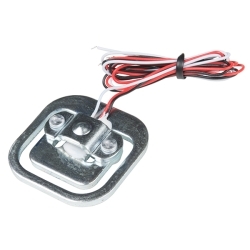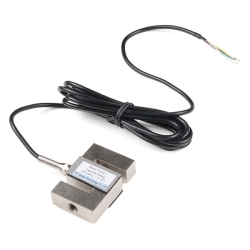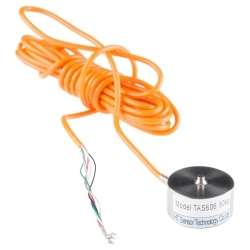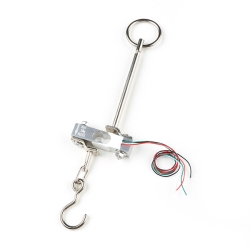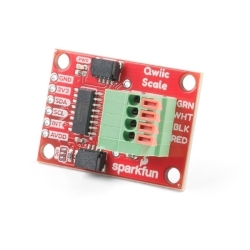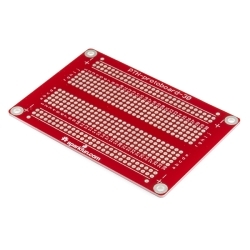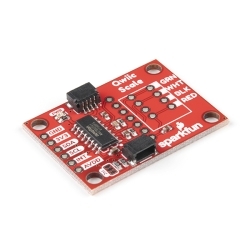Mini Load Cell - 500g, Straight Bar (TAL221)
This straight bar load cell (sometimes called a strain gauge) can translate up to 500g of pressure (force) into an electrical signal.
Helpful Documentation
Product Overview
This miniature straight bar load cell (sometimes called a strain gauge) can translate up to 500g of pressure (force) into an electrical signal. Each load cell is able to measure the electrical resistance that changes in response to, and proportional of, the strain (e.g. pressure or force) applied to the bar. With this gauge you will be able to tell just how heavy an object is, if an object's weight changes over time, or if you simply need to sense the presence of an object by measuring strain or load applied to a surface.
Each straight bar load cell is made from an aluminum-alloy and is capable of reading a capacity of 500g. These load cells have four strain gauges that are hooked up in a wheatstone bridge formation. The color code on the wiring is as follows: red = Exc+, green = Sig+, black = Exc-, and white = Sig-. Additionally, these load cells offer an IP65 protection rating and features four M3 sized through-holes for mounting purposes.
Features & Specs
- Capacity: 500g
- Material: Aluminum-Alloy
- Parallel Beam Type
- IP65 Rating
- 47mm x 12mm x 6mm, 110mm Wire
Customer Reviews


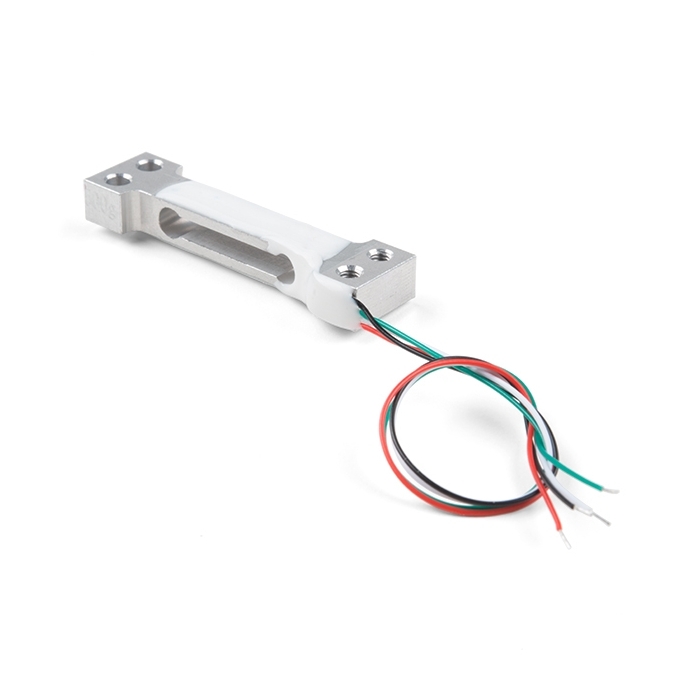
 Hookup Guide
Hookup Guide Datasheet
Datasheet